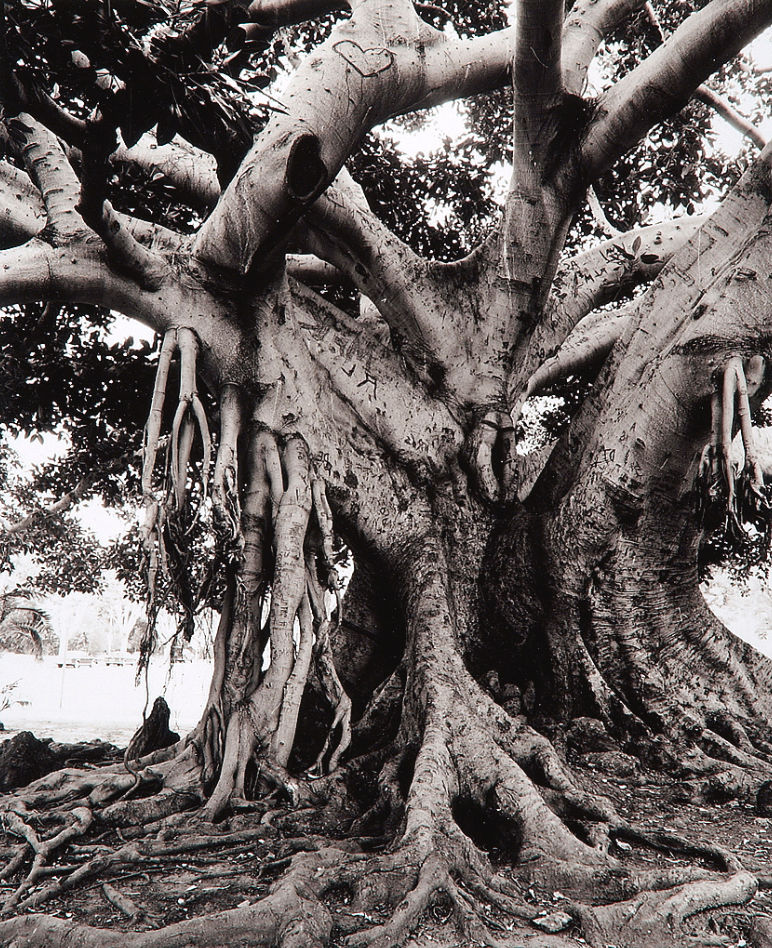Teach This Poem, though developed with a classroom in mind, can be easily adapted for remote-learning, hybrid-learning models, or in-person classes. Please see our suggestions for how to adapt this lesson for remote or blended learning. We have also noted suggestions when applicable and will continue to add to these suggestions online.

Look closely at this image of a tree here.
The following activities and questions are designed to help your students use their noticing skills to move through the poem and develop their thinking about its meaning with confidence, using what they’ve noticed as evidence for their interpretations. Read more about the framework upon which these activities are based.
- Warm-up: Look closely at this image of a tree here. What stands out to you in this image? Why? Look again. What else do you see?
- Before Reading the Poem: (free-write or draw) Who or what is your root system or who or what knows you and keeps you grounded? Free-write or draw what comes to mind.
- Reading the Poem: Read the poem “Root Systems” by Kay Ulanday Barrett silently. What do you notice about the poem? Annotate for any words or phrases that stand out to you or any questions you might have.
- Listening to the Poem: (enlist two volunteers to read the poem aloud): Listen as the poem is read aloud twice, and write down any additional words and phrases that stand out to you. Or, opt to listen to the poet read the poem here.
- Small-group Discussion: Share what you noticed about the poem with a small group of students. Based on the details you just shared with your small group and the resources from the beginning of class, what “Root Systems” does the speaker honor in the poem? What root systems are important to you?
- Whole-class Discussion: What does the poem say about family? What do you notice about the structure of the poem? Read this small “About this Poem” written by the poet here. How does this inform your reading of the poem.
- Extension for Grades 7-8: Think back to what you wrote or drew at the beginning of class. Write a poem that explores your relationship to your root system.
- Extension for Grades 9-12: Now, you, like the speaker, have an assignment to write about origins and what that does and does not mean to you. What might this writing look like? What form might it take? Who or what do you want to share? If you feel comfortable, share your writing with your class.
“This poem was drafted during my Macondo Fellowship in 2018. It is a praise poem for my Aunty Yoly, the last elder matriarch in my family. As the first to migrate to the U.S., she continually supported family members until her death. With her, each small act was somehow a lesson, an unwavering quiet commitment to cultivate our collective memory and love. The structure reflects a playful root, a back and forth with land and climate. The poem revels in soft, yet vital, sacred offerings from elders: eating sunlit fruit, learning to grow plants, and an acceptance of gender awareness.” Read the about this poem statement by Kay Ulanday Barrett.
